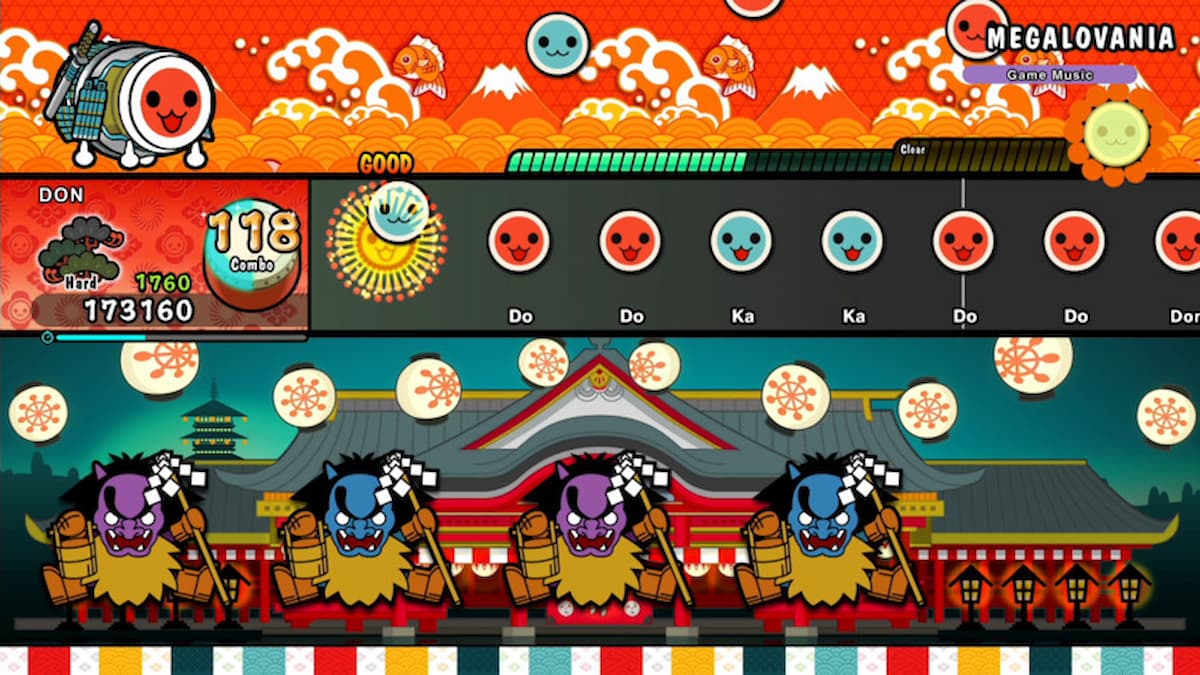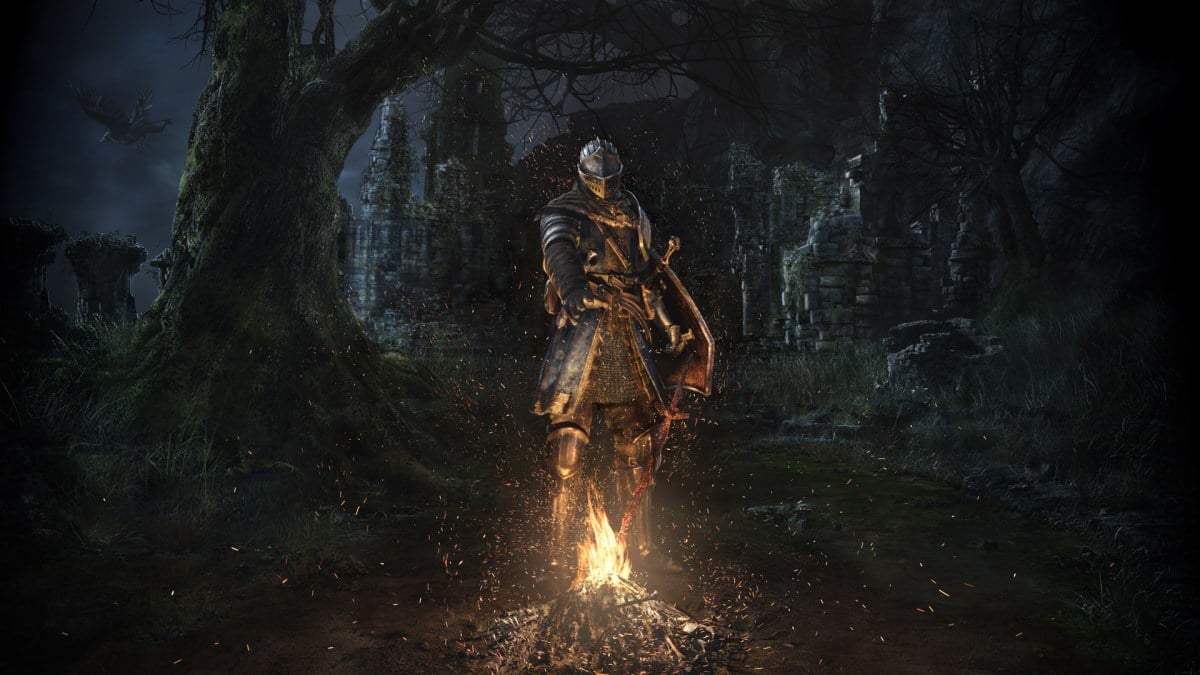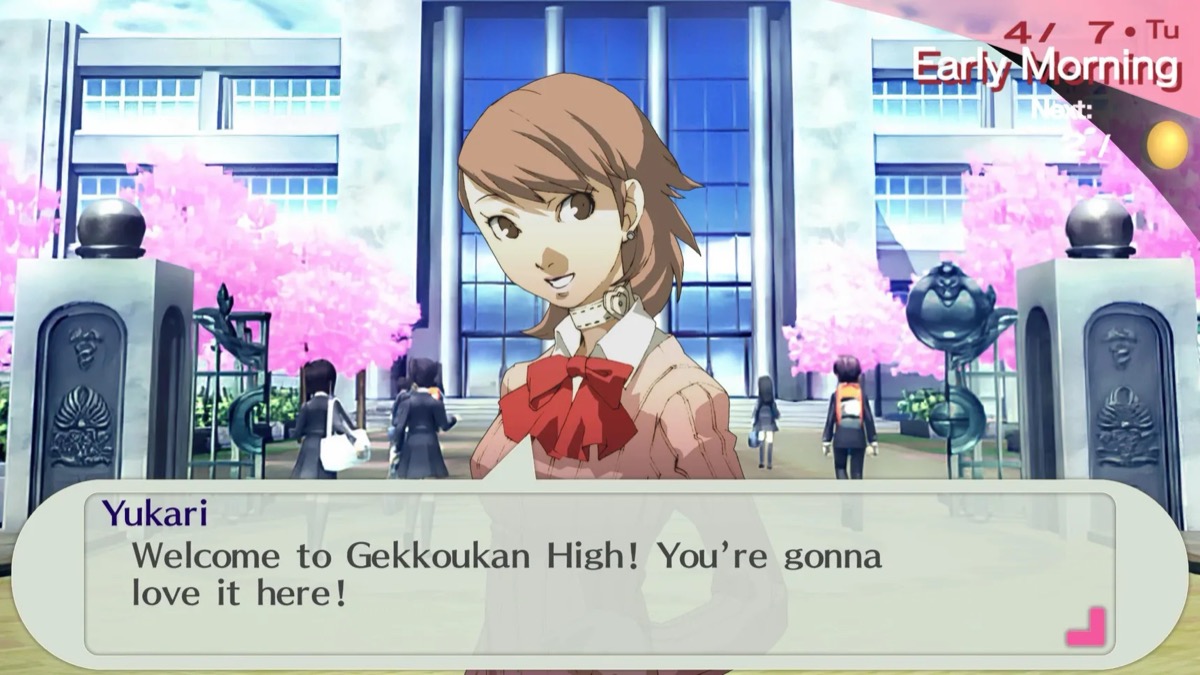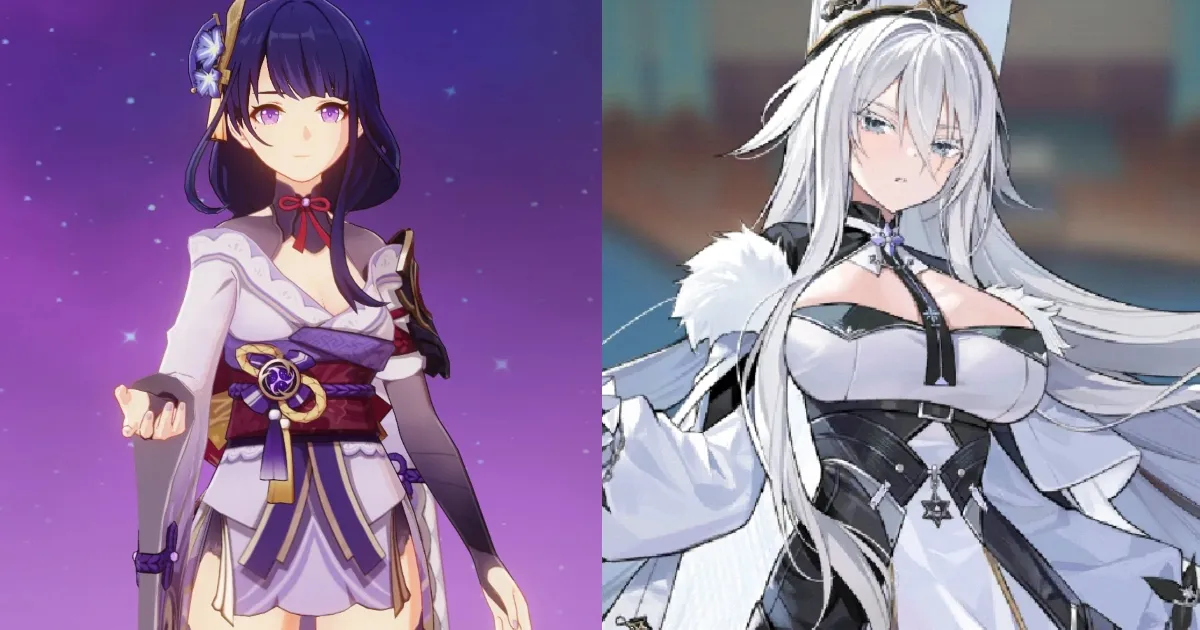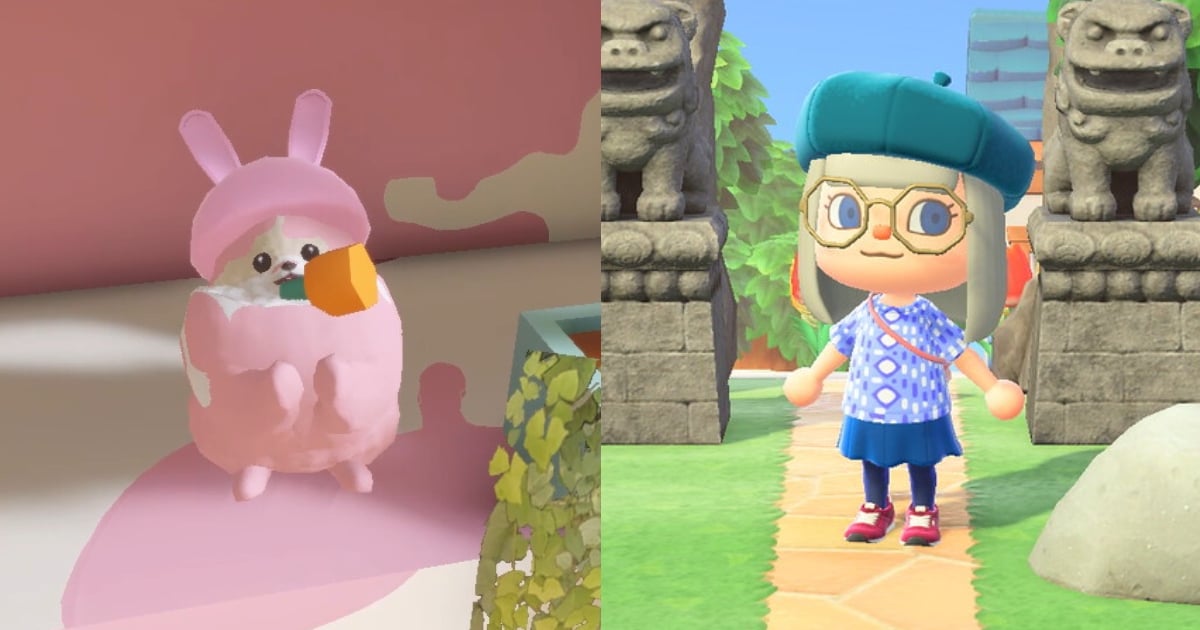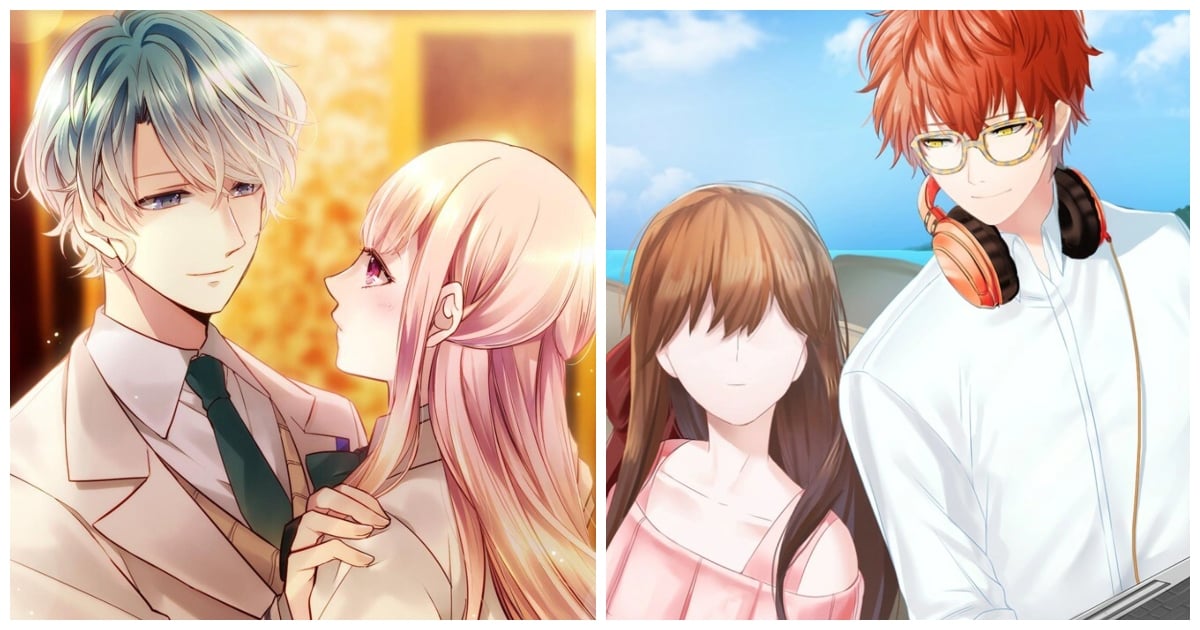Taiko No Tatsujin: Rhythm Festival, the new “base” Taiko no Tatsujin game for the Switch, does a great job overall of gathering the best elements of a tried-and-true formula. The game does, however, incorporate one giant gamble that’s proving somewhat controversial: the Music Pass. The Music Pass costs $3.99 every month, or $9.99 every three months. In return, you get access to an additional 500 songs aside from the 76 that come with the game. (By the way, 76 is not a low number for the base game.)
And therein comes the debate: Is Music Pass worth the extra cost?
To understand where I, a deep Taiko no Tatsujin fan, am coming from on this, please take a little international walk with me. There are any number of things tourists coming to Japan dream about doing as soon as they get off the plane. Eat sushi! Walk around new places! Go into a 7-Eleven that’s actually clean! Drink a beer—on the street! But on my first night in Japan recently, one of the first things I did was find an arcade and play Taiko no Tatsujin.
As someone in love with this jolly, colorful rhythm game, two conundrums drew me to that Taiko no Tatsujin machine like a moth to a flame. The main issue is that Taiko no Tatsujin arcade machines are absurdly hard to find in North America. You’re lucky if you have one within a few hours’ drive. But in Japan, there’s usually at least two in every single arcade. And they’re typically right at the front, too.
Even if you can find a Taiko no Tatsujin machine, that’s where the second conundrum comes in. As many hardcore music game fanatics like me know, North American markets usually don’t get the newest versions of the machines, which means you’re not getting the updated software, because you can’t connect with the current server. Which means you’re not getting the latest songs. Or new songs at all.
While Taiko no Tatsujin has many excellent original tracks and classical arrangements, it draws upon nerd culture love quite heavily. A huge part of its playing appeal are its impressive collection of anime, game, and pop tracks—a collection that is second to none in the Japanese rhythm game world. In Japan, where there are the newest, most-updated machines, these playlists are frequently updated with new charts to reflect songs that are currently popular. For example, you can go to any Taiko no Tatsujin machine in Japan and play “New Genesis” from One Piece Film: Red. And that chart is a couple months old at this point.
So whereas many seemed skeptical of Music Pass upon its announcement, I was optimistic. “Sweet!” I thought. “I bet they’ll use that to add current charts!” I figured that there might be a bit of a lag to entice the franchise’s Japanese fanbase to the arcade machines, but that the new charts would make it onto Music Pass within a few months. I haven’t been proven wrong, but I’m wondering if I was maybe too optimistic.
To give my theory some legs, the first song you’re greeted with in the Pops of the Music Pass right now is “Odo” by Ado—a song from this very year. So that’s good! Unfortunately, it didn’t seem like the anime section really keeps up with that timeliness. For example, I played “My War”—the first theme song of Attack on Titan‘s fourth season—in the arcade just the other day. Rhythm Festival only contains Attack on Titan’s first season theme. I’m really hoping that the Music Pass eventually makes the most of this opportunity to give international fans a chance to play of-the-moment charts they would otherwise not have access to.
It’s not that the 500 songs behind Music Pass aren’t great—there’s a lot of incredible charts in there. Anime fans in particular will pine for the huge collections of Studio Ghibli, One Piece, Dragon Ball Z, and Naruto music. (Many of those can also be bought separately as DLC.) There’s even a totally wild arrangement of “Tank!” from Cowboy Bebop. There’s also many excellent Namco Originals and Classical arrangements, which are secretly the two best categories in the game (two words for you: “Surfside Satie”).
But considering Rhythm Festival is already $50, $9.99 is going to feel steep to anyone who’s not a Taiko no Tatsujin diehard fan. That’s a fifth of the base cost every 90 days! It even feels a little steep to me, too. If it’s offering up-to-date charts, that’s one matter, but if you’re a casual fan just looking to dip your toes into the world of Taiko no Tatsujin, the base game will definitely be enough. It offers exactly as many songs as all previous Taiko no Tatsujin games have offered. It’s just that they’ve now placed a big, shiny, expensive toy right in the menu bar when you play the game.
And honestly? 500 songs might be too many songs. The Taiko no Tatsujin menu clearly wasn’t set up for that many choices. In the longer sections, like Anime, you have to scroll through dozens and dozens and dozens of songs until you finally reach “Tank!” And there’s not really a fast way to scroll, either.
Especially since it is, again, on the menu bar, Music Pass is tempting. But I don’t think it’s worth it unless you play a lot of Taiko no Tatsujin. If you get bored with the songs you can, you can also sprinkle in the occasional DLC purchase if you’d like. Unlike the songs on Music Pass, which you’re pretty much just borrowing from the server, any song you buy via DLC is part of your game forevermore. Besides, the beauty of Music Pass and other “streaming services” is that you can always try it out for a month. There’s even an explicit option not to automatically renew your subscription when it runs out, which Netflix and company could learn a thing or two from.
(featured image: Bandai Namco)



